The first big exercise of the book is to sketch a map of a place. I chose my oldest hometown, in Pennsylvania. I lived there until around age 8, with that little fish pond behind Mrs. Smith's (no relation) house, the strawberry fields, Sayre's horse barn. As I sketched it out, I led the names of the horses from all those remembered stalls by their oily leather halters. The exact bouquet of hay, oats, and horse manure arose like the flavor of a Madeleine dunked in tea. The dusty yellow clapboard and the cadet-blue shutters of my great-grandmother's house returned. As did young married next-door neighbors Dick and Marleen (Donna?) Briese. I don't know how to spell their name, but I vividly remember Dick carrying me home across the street in his arms in the suburban dark. I was perhaps 3, inconsolable with homesickness. I had black-and-red cowboy boots that I rarely removed and which clunked together with each stride across the dewy grass; I'd been meant to stay overnight as a trial run for them to have children of their own... Anyway, maps. It was a productive half-hour exercise and fun. So my thoughts naturally turned to doing the same activity with the longer novel I am working on.
Perhaps you are a fan of those maps that appear in some historical and fantasy novels –– I usually give them a cursory glance before diving into the story, but I appreciate a little better the effort.
Someone has ruminated on how to illustrate the scope of this new world. They've translated four-dimensional ideas into 2-d ones: a thread of ink to represent a raging river, a star instead of a sprawling metropolis, the little crenelations of a rocky shore. Now, how to hustle my rag-tag band of heroes along to the end of their roads?
4 Comments
Foodies have "amuse-bouche." Readers have flash fiction. Writers make up little stories about whatever comes to hand. She wasn't Betty Boop, not exactly, though that unsettling glint in her eye suggested she warn't no Campbell Soup kid.
She'd maintained an over-the-shoulder flirtation with any old observant gaze for –– let me count this out –– more than 75 years. Didn't a glamorous little thing like her just get tired of her role? Didn't she want to shake out her hair, shrug those shoulders square, and frown from time to time? At least she was out of the closet. Nobody likes to spend a lifetime –– a literal lifetime, if you do the depressing math –– holding on in the dark. And whether she was the vivacious creature she appeared, or if, like Jessica Rabbit, she was just painted that way, that face made it harder to shut a bifold door. So she there she hung in the window. Peeping. A coquette such as she must peep, surely. With that coy, art-deco fan of cloth –– a peignoir draped over her shoulder, I think with matching wee mirabou mules on her off-screen baby feet. Maybe seven decades gave a gal perspective along with a few chips and pallor. She might have burned as wooden matches, or splintered as a chair polished by generations of school-children's sit-upons. She could have backed a mirror or a dresser drawer. She might have moldered in an attic or ended in a bin. Instead, she waited liminal, looking in. A few characterless companions for company. The time passes. The bay was a hammered silver platter under flattened silver clouds. A cormorant rose and dove, rose and dove. A tern sliced the sky and was gone. Water seeks its level, but when something large moves under the surface, a bulge will flex and dimple. The displacement of mass made visible.
With a sound like the almightiest belch of all time, the bay heaved up one of her dead. Water and small fish poured from the wreck and the stink –– like a dumpster brimming with rotten calamari –– rolled in. Tireless tides had yanked the soft furnishings away, leaving behind pink soft coral and grey silt. Nothing smooth was left unroughed. Saltwater does not affect fiberglass the way it infiltrates mahogany or oak, but it will devour anything metal. Consequently the aluminum window frames let go. The glass windows of the wreck, clouded with growth, surrendered to the alien influence of gravity, smashing musically one by one on the deck on the way down to the newly retreated water. Barnacles gulped and winked in the open air. Algae, fine as frog's fur over the hull, lay slick and flat. Something moved inside the dark cabin. Something swayed in the missing currents. Where is the captain with her flat-topped white hat and a cigarette clamped between her long teeth? The party-goers, the fishing folks, the small children mesmerized by the churn of water from the propellers? Time makes phantoms of everything that was. Practice might not make perfect, but it does generate words... Story 1 -- Found
She found him well, if a bit pale. Not unexpected given that he'd been underground all this time. She wondered if he'd turned his face, so like a flower with that hair of his, toward the light that had filtered down there. What would he see from there? The soles of shoes, the clench of a mittened fist, possibly the odd glimpse up a skirt. And who would have looked down to see him? Story 2 -- Sentimental Fools They were sitting side-by-side, the way young men do, not looking at one another. The one with the oversized sports jersey was saying, "I don't even." His friend, a skinny kid with an unfortunate haircut, repeated the question, "But did you know that she was out there?" Sport-jersey rolled his eyes at the question. "Like, somewhere my sweet prince awaits me?" His friend slid his glass around the tabletop in a circle, making the ice clink. He didn't look up from under the rug of his hair. "Okay, yeah, I mean I was hoping eventually there'd be someone. You know ––" Sports-jersey's voice took on a mocking sing-song diction. "Somewhere, out there." Sporty took a noisy gulp from his glass, pushing the ice away from his teeth with a pink tongue. The two gazed across the flimsy railing that separated the little tables from the rest of the sidewalk. After a long pause, Sporty released his breath in a puff and said, "I don't know how I found her, but I was looking for as long as I remember." His friend reacted with a single hair-flopping nod. They fist-bumped without drama, the glancing connection casual and unthinking. Once upon a time. Perspective makes fools of us all, she thought, nudging Rupert with a foot. That elusive, diminishing horizon point narrowing the grains of the planks, replacing the illusion of distance with the illusion of height.
As a girl she'd thought she saw the world clearly with those shiny new eyes of hers. She'd trusted her sight with her heart and her soul. Now she sat, wisdom if not patience incarnate, contemplating trust and the melting of trust, the bitter lessons and the sweet. Rupert's cold metabolism warmed audibly in the direct sunlight, the creaking and bubblings of a paused fermentation drowning the plash of waves under the dock. The organic sound bringing perspective back to her like a short echo: hunger now outstripping yesterday's meal. Rupert would require a little something sooner rather than later. For a moment she was lost in the little somethings available to them: a soupçon, a soup-spoon, a garçon, a –– Good lord, what a racket! –– of what? Maybe cold green beans or a dab of gravy and a chicken leg. Well let's hope that'll hold him, she thought, big boy like Rupert had an appetite, no matter how you look at him. .
The President's Fitness Test. An annual event of anxiety and entertainment that amped up the usual mood of gym-class through my youth.
The opportunities for hilarity –– always close to hand in a mixed-gender high-school class where the gym teacher had a tendency to turn nearly purple with emotion when anyone did anything vaguely teenager-esque –– were legion. I don't remember much pantsing going on, but there was definitely some flatulence (both inadvertent AND deliberate), and the odd fainting.
My buddy, Judy Hall –– she had green eyes and lived in the farmhouse that my great-great grandparents once owned –– was a wiry farm kid, astonishingly fast with the sit-ups, always in the top rank. My own best skill was hanging on. I could suspend myself overhand for what seemed like ages, thinking about something else. Which brings us, by a wide-ranging path, to a writing warm-up. *No surprise, since the country grows ever less fit, that the test was discontinued in 2012.
Story #1
His husband said it over and over: Damont couldn't take a picture to save his life. And this one, the last image on his trusty GoPro, was no exception. According to several witnesses, Damont was attempting a selfie, holding the camera at arm's length, squinting into the sun. Possibly hungover –– he was vacationing in the Keys with his family after all –– his hand wavered visibly, so his last expression is lost to us. And then came the curious chain of events that led this tourist from Detroit to his unlikely demise at the fangs of a spray-painted king cobra on the beach in Key Largo early one Easter morning. Story #2 "Ain't that the truth," Theresa said as she snapped the picture. Susan snorted dismissively, but Bobbi laughed with her usual abandon, one big hand on the straining knot of her sarong, the other inching down her sloping belly. Catching her breath after a long minute, Bobbi managed to wheeze out, "Falling! Coconuts!" Theresa shrugged, but Susan could tell that she was inwardly pleased. Theresa played tough, but the woman loved an audience. "Cuckoo for coconuts over here." Theresa made as if to order drinks from the non-existent pool-boy. Bobbi was inching the sarong back up her formidable front and didn't hear the quip. Susan pretended she wasn't listening. You couldn't just give her the laugh. "Ooh, look!" Bobbi said, pointing with her free hand. "Freaky pool float!" Later, Susan thought it might have been the funniest and most gruesome thing any of them ever said, but then Theresa was running into the water, yelling "Call 911! Call 911!" in her paramedic's voice, and Susan was pawing at and then upending her straw satchel, trying to find the goddamn phone. Horses on the beach. It's kind of a dream vacation activity, especially for those of us who resented being called horse-crazy even when that shoe actually fit... This photo and adventure came from CPonies.com in February of 2019. That's me with the goofy hat by the Skyway. My sister (not a horse person. funny story.) in the ball cap. Her friend KB just off the right ear of the horse in the foreground. But rather than report about it (big beautiful horses, dreamy setting, DOLPHINS!) let's just rift off it for a writing warm-up, shall we? Story 1 – Shallop
I named him Shallop. You know, for the boat, but also because of galloping, which is what I thought we would do all the time, non-stop, from morning till night. I also thought that my very own horse –– not My Little Pony, but –– would be more affectionate, like a dog, but they are not the barking, panting, paws-on-your-trousers animals. The affection of a horse is more like an ungainly boat bumping against a dock. Shallop would sidle right over me, trampling toes. He left dusty and slobbery streaks on my clothes and sideswiped me with his enormous face. He habitually covered himself with mud for me to brush. He would sometimes not allow himself to be caught. But we galloped, and his long mane rippled and the sound of his hooves was like thunder. Story 2 –– Horses in the Sea They were not making the crossing between Assateague and Chincoteaque. They were not straying from the tidal flats of Neuwerk. They were not navigating a deep patch in the marshes of Carmague. They were swimming on a beach somewhere while others were adrift in snow. They were scented with horse and coconut oil. They had nothing in their heads but what came in through their ears and eyes. They were riding and swimming and the air was soft with salt. Some warming-up exercises from my writing day. Story 1: Got an Eye on You
They might be watching from the most unlikely of places: from your own wristwatch, a smudge on a painted cinderblock wall, the unfurling tendril of kudzu. If it looks like, it looks. An eye for an eye. You might speculate, but how will you ever know what thoughts –– or if thoughts –– drift across those observer's minds. They are made to watch, certainly, function following form, but by whom and for what possible reason? Story 2: Fisheye Lens Fish always look surprised when lifted from the water. Well, not all fish: Sharks aren't so much surprised as continuing to look as if they are hunting, cat eyes blank in those smooth faces. But most fish tilt a that sequin of an eye and flex a jaw, possibly astonished by the wide airy world that has taken them. Maybe it's gravity that surprises them, even more than the suffocating air: the sense finally of the earth pulling on every cell, unsupported guts tending downward, gills crowding one another in a single direction. Are they at the apex of surprise when hauled alongside a boat? Is there further astonishment at being unhooked and slid back into the sea? Surely even the most inexperienced of baitfish can not be surprised or outraged when the rigging hook circles a spine and the wire leader dictates their way. But no, that feels false. We all treasure secret ambitions. No baitfish knows for sure that she is bait, even when she's twitching away from the cotton net in the aerated tank.
In all honesty, writing is terribly easy to avoid. Sometimes the dishes and the laundry seem more important. For the past few weeks, I have been sewing a lot. And while I can rift on how quilting is like writing, I know it's really an elaborate avoidance mechanism for the Really Awful Stuff that is going down in the world of my goose-girl story. But in light of that impulse to cut things up and sew them back together in a pleasing form, today's writing prompt takes some random words and puts them into a story pattern:
Random words: relation, requirement, region, role, reaction, revolution, ratio. The pattern: (character+needs+action) Story 1 Everything looked tiny from the sky that time of day. The ratio of tree to shadow all out of proportion, as if the shadow had overthrown its role. She felt the idea take hold, that a revolution was rolling across the surface of the world. That long, branching shadow was just then throwing a tree into existence against the burning disk of sun. The crackling of her headset recalled her to the reality of the chopper, the dry air and the dust, the possibility of light glinting off something lethal on the ground below her. "Barnett! Two clicks!" She nodded and took a deep, steadying breath. Without consulting the laminated instruction sheet clipped to the seat-back, she ticked off the safety requirements again. She snugged the buckles, threaded gloved fingers along the straps. This time, she swung her legs to the side and let her boots meet the skids. "Barnett, I am counting in four, three, two ––" the horizon took a quarter turn, and she punched the release on her seatbelt. Gravity loaded as the chopper rose away from her. The chute deployed, and she bounced lightly in the harness in the middle of the air. The toggles felt like reins, she thought, and the wing was like a horse racing downhill. Shit, she was flaking out. She was a target waiting to sighted. With an effort, she lined up a particular tan formation of rock with its own long shadow and urged the horses to gallop. The gritty sand rose to meet her, and she landed running. Hustling the wing into the pack, she didn't spare a moment looking into the hills. She trotted up the narrow ravine for fifteen minutes, the only sound her boots and her own pulse like a snare drum in her ears. Whoa. That's a surprise. Sometimes the scraps turn themselves into something unexpected. I wonder if it's Afghanistan or Mars. Why is she solo? I may return to this one day, and I thank you for joining me in my rhetorical calisthenics. Trachinotis carolinas. Characterized by small silvery scales, forked tail, related to Jack-fish but highly valued for eating. A Fishing Story –– Version 1
Caught me a biggun. Though he had me whupped, but I turned the tables on his bipedal ass. Bootless meet toothless. How do you like them airless apples? Huh? Swim like a fish much? All he had to do was let go, but it's greed what catches em, every time. Sparkle sparkle! Just let go and get back to your spot, but no. Gotta cling. Dunno why it's called landing when you reel one in. Land's the one thing they ain't much of in that situation, if you know what I mean. I figure he'll eat pretty good, give him a few days. A Fishing Story –– Version 2 A short list of ways I've avoided writing today: rearranged the fiction bookshelf, cleaned my stainless water bottle with bleach, followed by cleaning the bottle-brush. With bleach. Made a few calls. Perused Writer's Digest. Bootlessly researched a specific twitter from a specific Twit. Cleaned the keyboard with rubbing alcohol and q-tips. Listened to samples of Billie Martin's songs on iTunes. Decided listing my excuses was nearly as good as writing anything. Words are words when you are trying for a daily word-count. A Fishing Story – Version 3 Swimming, swimming, swimming, biting at a shrimp. Shrimp has sharp –– ow! And damn! What the hell? Swimming swimming, vaulting into air. Tractor beam or something yanking. Don't beam me up. Swimming, running from the grasp. Caught. |
About the Blog
A lot of ground gets covered on this blog -- from sailboat racing to book suggestions to plain old piffle. FollowTrying to keep track? Follow me on Facebook or Twitter or if you use an aggregator, click the RSS option below.
Old school? Sign up for the newsletter and I'll shoot you a short e-mail when there's something new.
Archives
June 2024
Categories
All
|
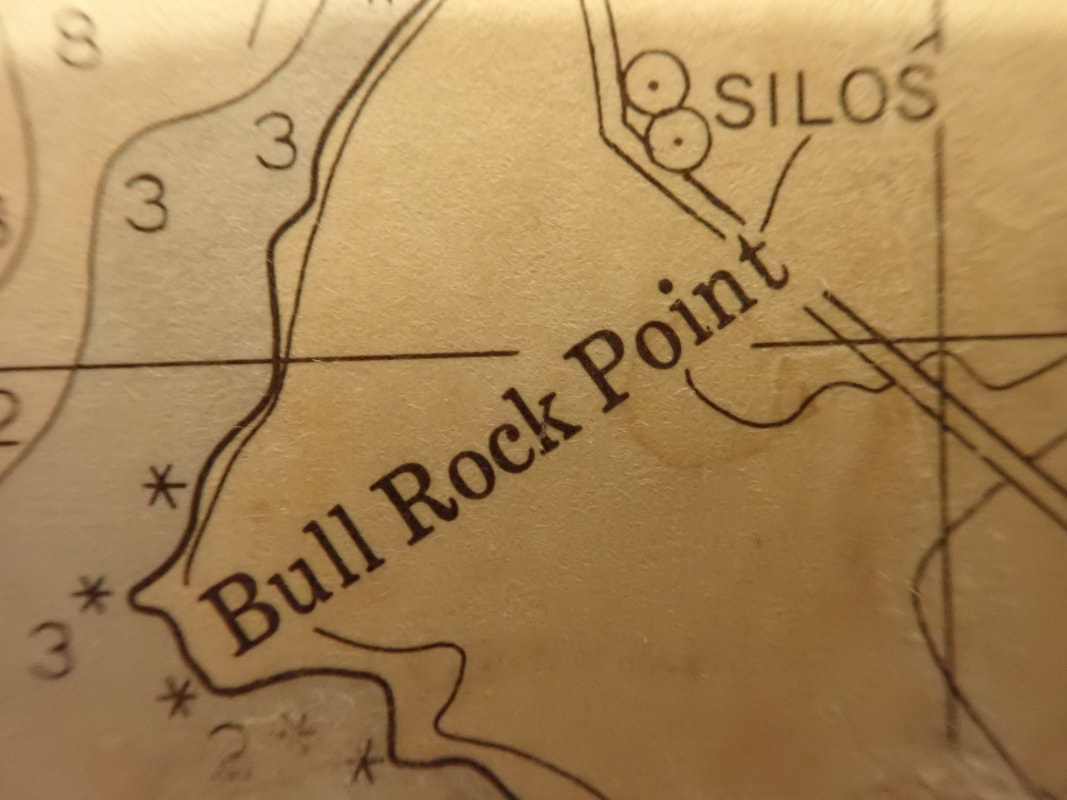
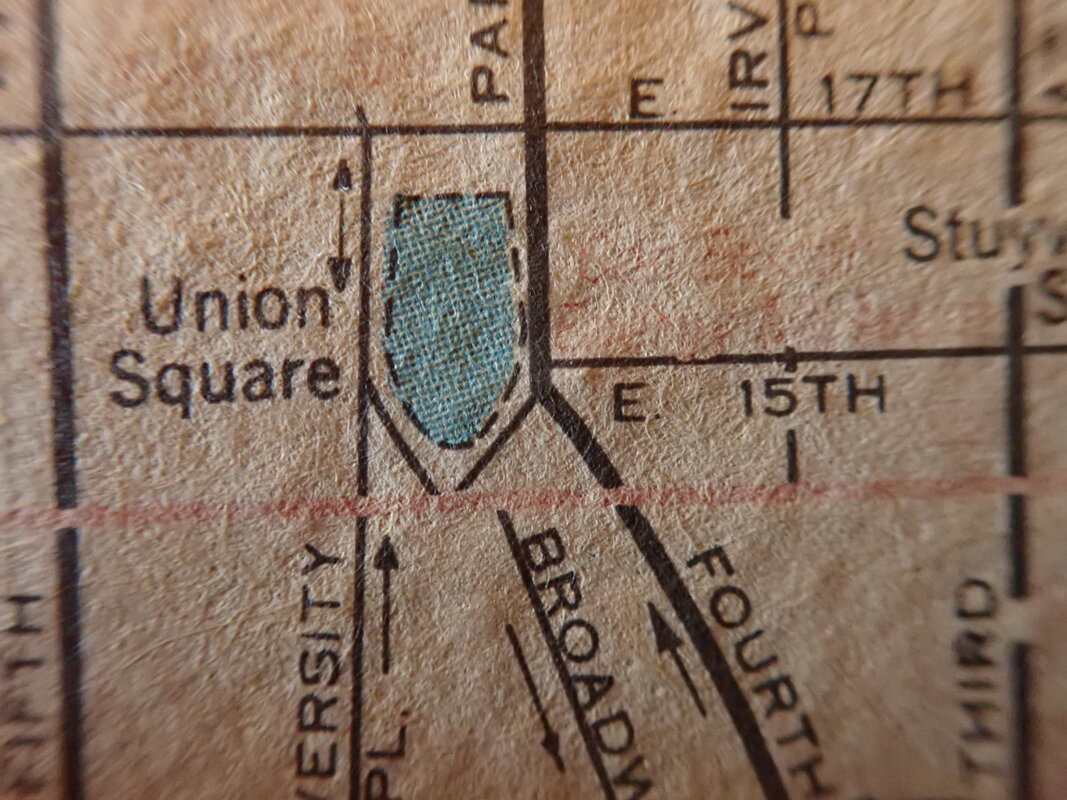
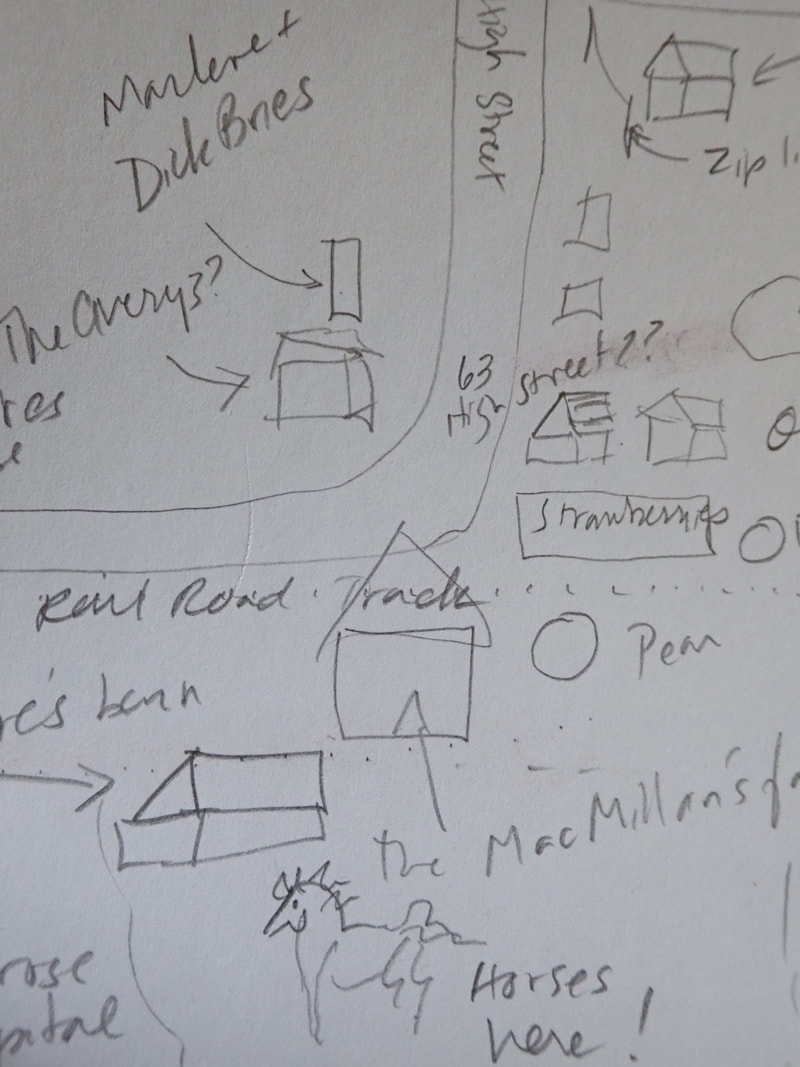
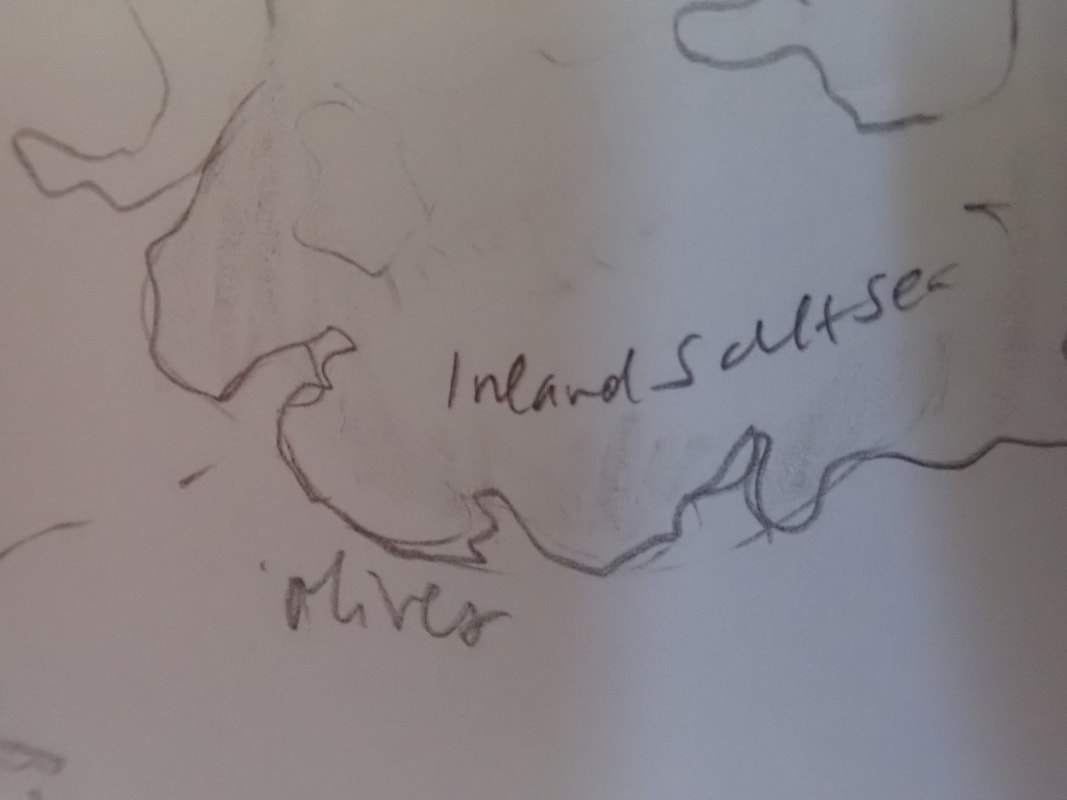
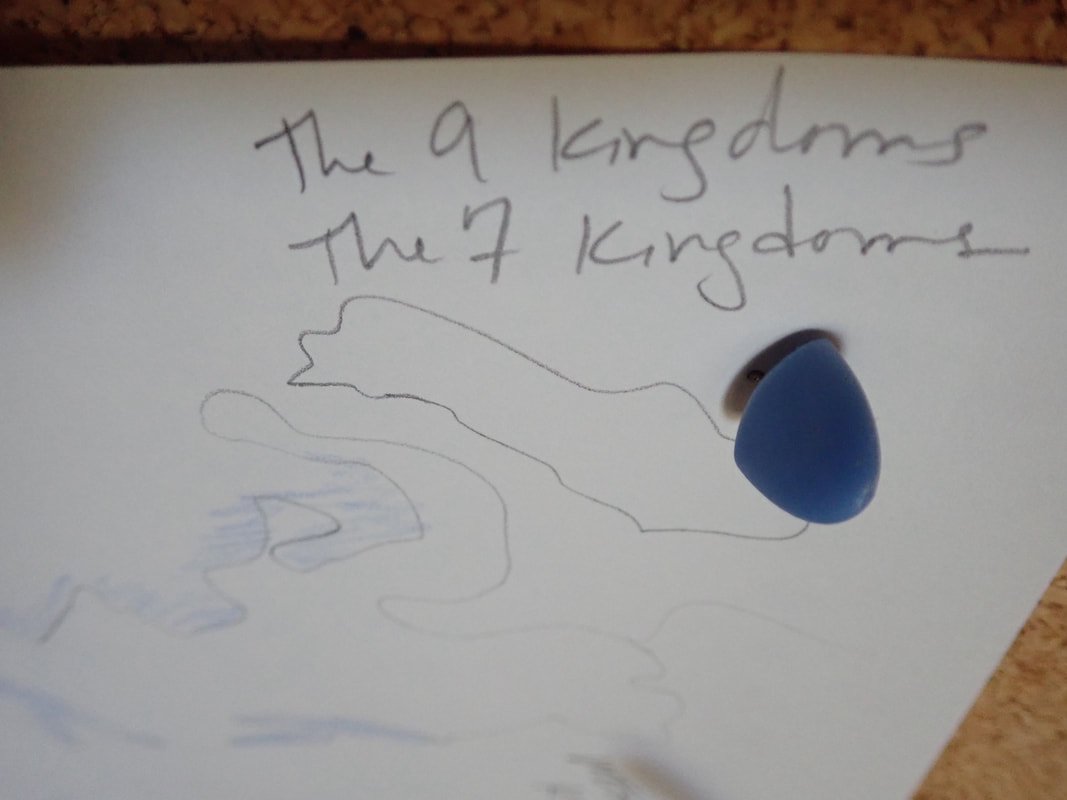
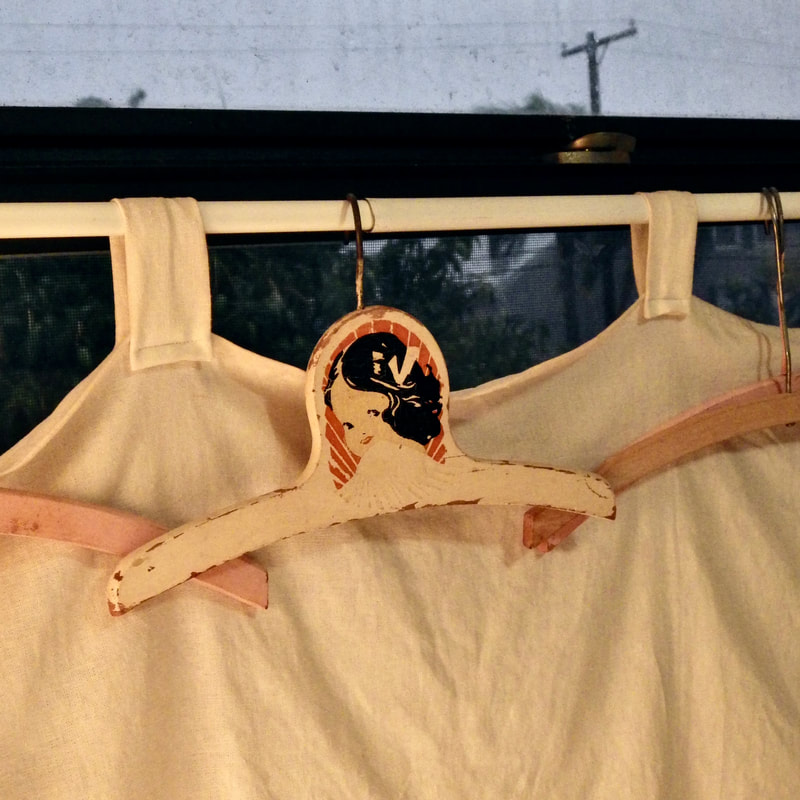
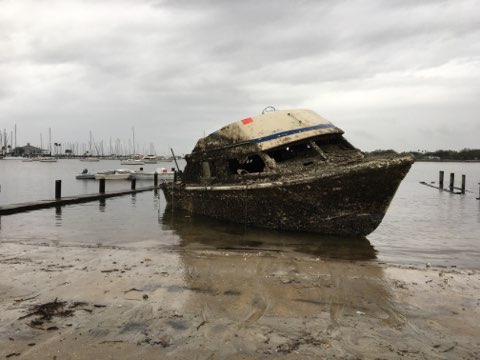
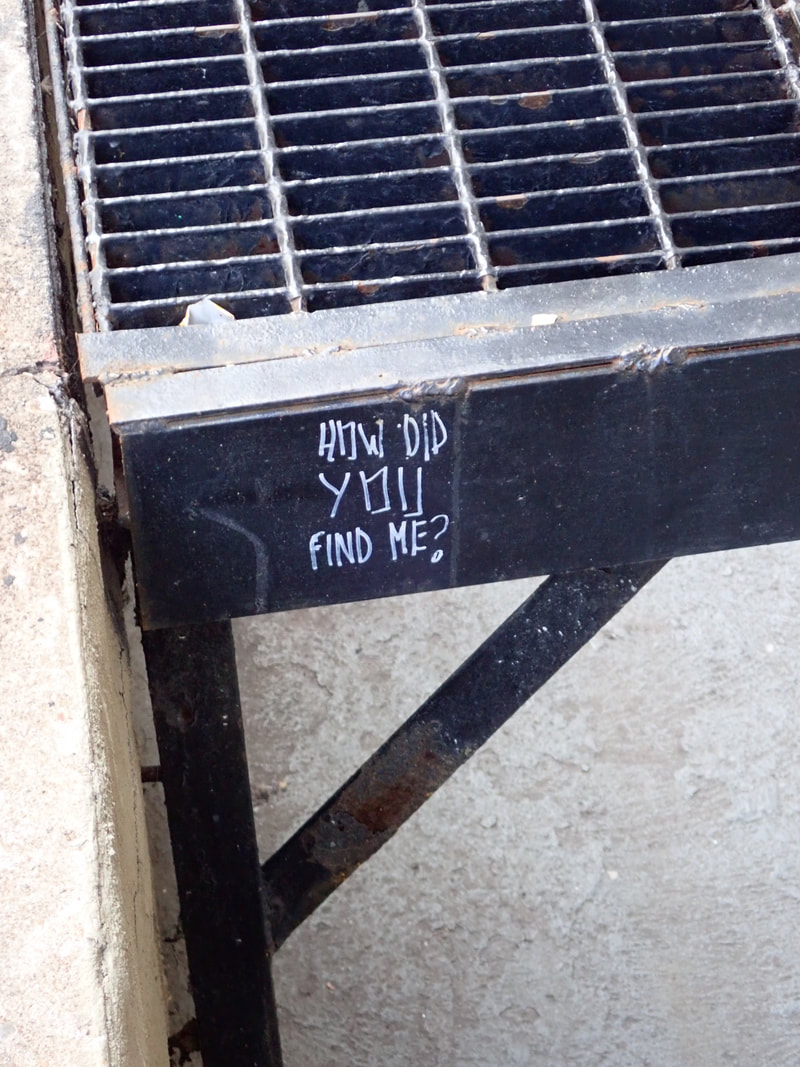
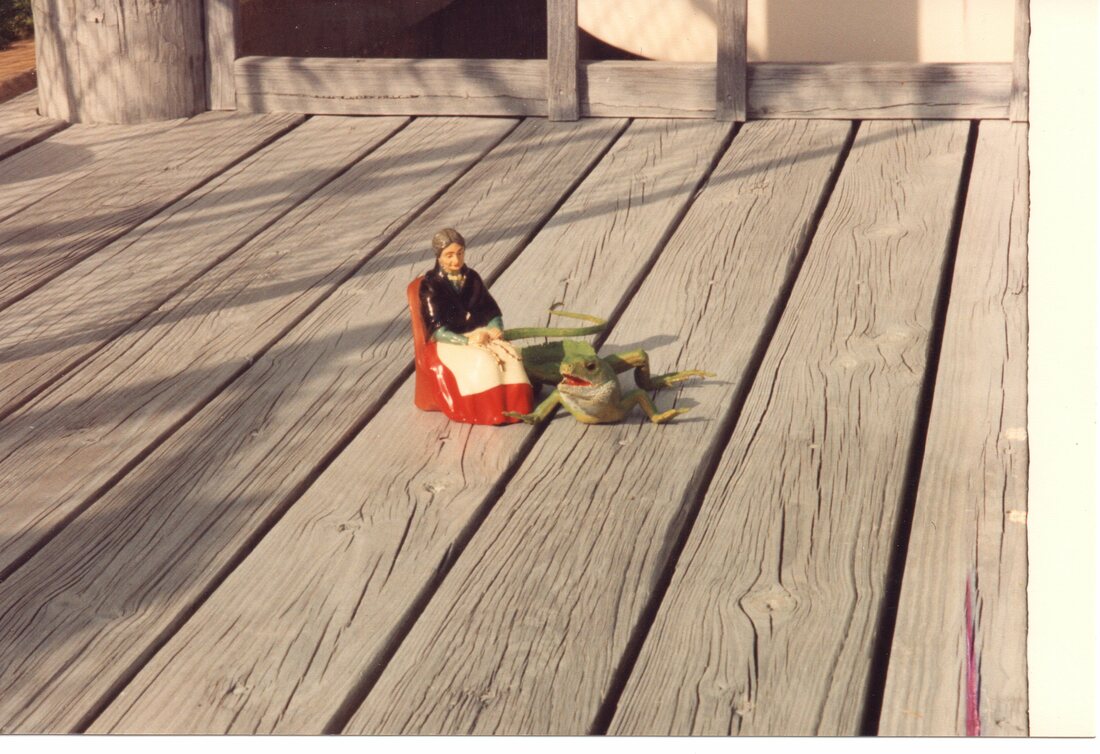
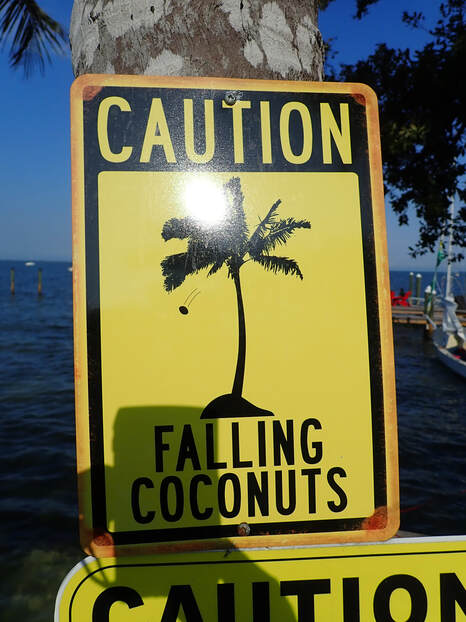
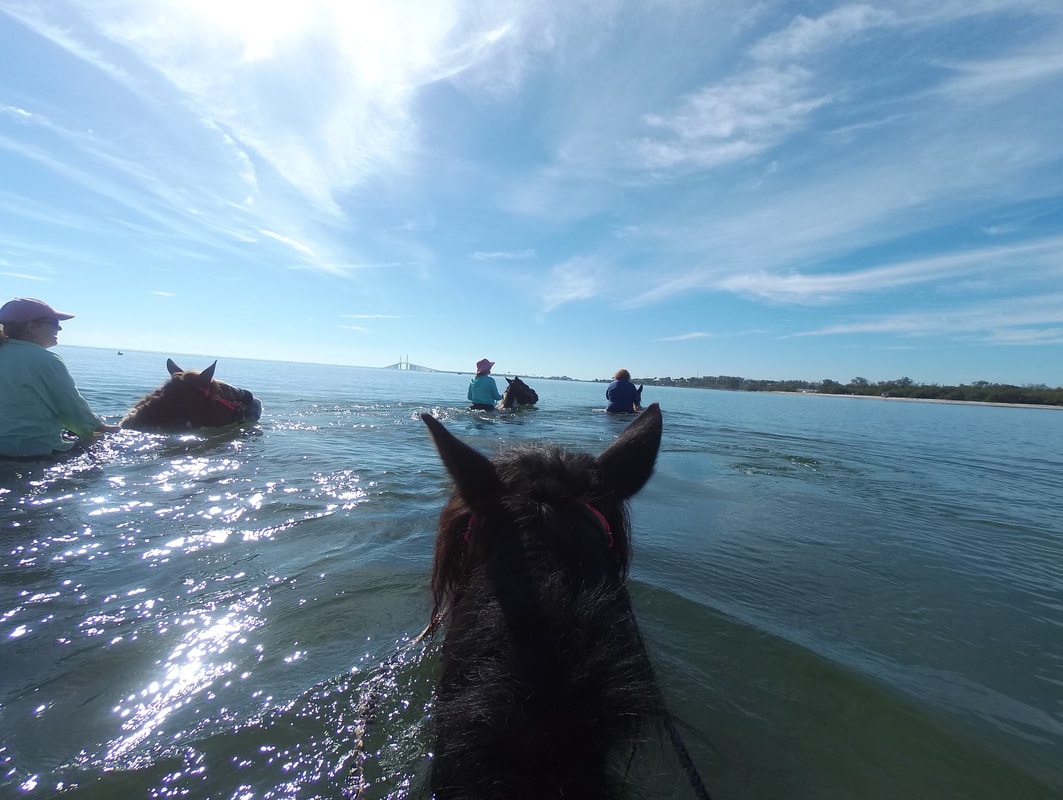

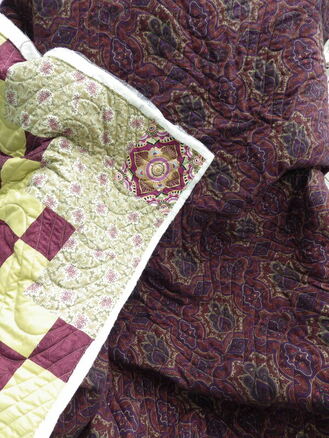

 RSS Feed
RSS Feed
